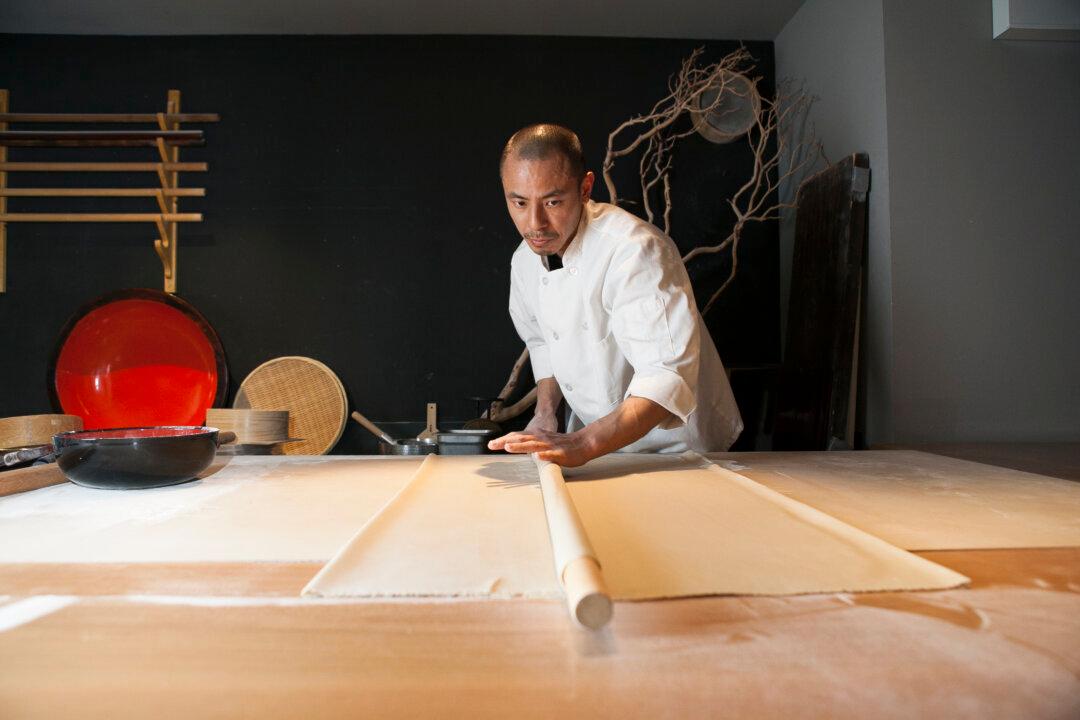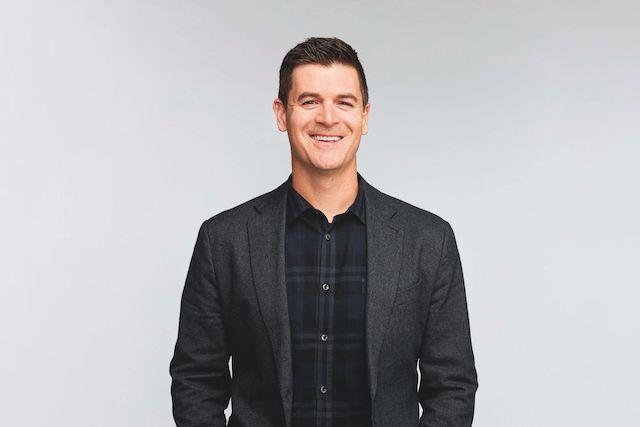Watching Shuichi Kotani in action is like observing an athlete in his prime. His movements are precise, meticulously timed, and perfectly in tune with the dough he transforms.
Kotani brings the same discipline to soba noodle making as he did to kendo, free climbing, boxing, and track—including the 100-meter sprint at Japan’s Youth Olympics.






